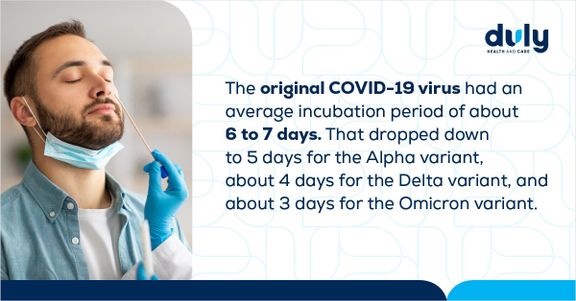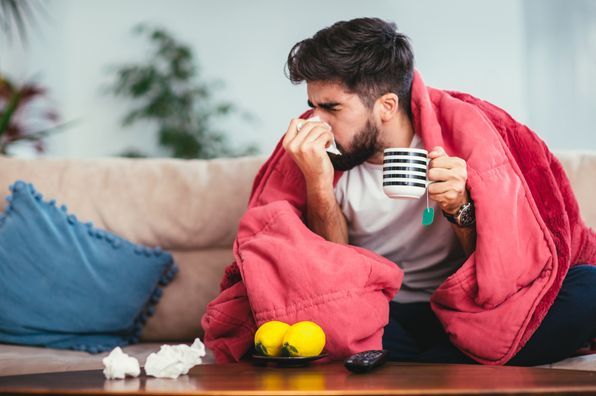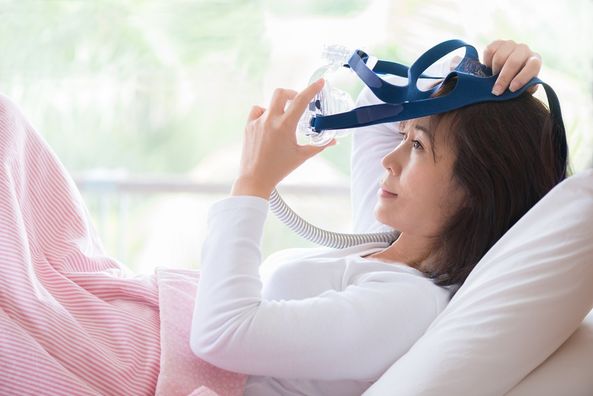Between vaccines, herd immunity, easy access to tests, and new treatments, many people have learned to live in a world with COVID-19.
But COVID hasn’t disappeared. In fact, just like colds and the flu, it’s probably here to stay. And since all three conditions have similar symptoms — and since both COVID and the flu can be potentially life-threatening — it is critical to know the difference so that you can get the right treatment and keep yourself and others safe.
So, how do you tell the difference between COVID, a common cold, and the flu?
1. Look Closely at Your Symptoms
A cold, the flu, and COVID all affect the respiratory tract — the passages and structures that go through your nose, and down your mouth and throat to your lungs. Since colds, the flu, and COVID all affect the same areas of your body, the symptoms often overlap. Still, there are a few differences.
Typically, a cold is milder than the flu or COVID. While it’s possible for a cold to cause fever or body aches, those symptoms are generally more typical of the flu or COVID.
On the other hand, distinguishing between the flu and COVID is a little trickier. They share many of the hallmark symptoms, such as fever, chills, cough, shortness of breath, headache, and sore throat.
One major clue that it is COVID is loss of taste and smell. Both illnesses can cause this, but it’s more common with COVID.
Also, both illnesses can cause diarrhea — but usually, the flu tends to cause diarrhea in children. If you’re an adult and experiencing diarrhea, that’s another sign that it may be COVID.
Also read, “Managing Health Anxiety During COVID-19 and Flu Season”
2. And Look at When They Started
The time between when you are exposed to an illness and when symptoms first appear is called the incubation period, and it can provide insight as to why you’re sick.
Incubation periods can vary, but in general, it takes more time for symptoms of COVID to develop than symptoms of colds or the flu.
Cold: 1 to 3 days
Flu: 1 to 4 days
COVID: 2 to 14 days
The average incubation period for COVID can change as the virus changes (mutates).

3. Then, Take a Test
Testing is one of the easiest ways to determine what’s making you sick. There isn’t a test for a cold, but there are tests for the flu and for COVID.
Keep a stack of COVID home testing kits around (but be sure to check the expiration dates before using them). There are at-home test kits for the flu, but they are fairly expensive. If your COVID test comes out negative but you still feel that you might be sick with more than a cold, your best bet is to get swabbed by a provider for COVID or the flu.
If you’re experiencing symptoms of the flu or COVID, Duly primary care providers are available seven days a week for video visits and COVID or flu test orders. Schedule a video visit with a primary care provider online.
What Happens Next?
Even though all three illnesses can cause similar symptoms, they aren’t all treated the same way.
There are no medications to get rid of the common cold, but you can take over-the-counter medications like acetaminophen (Tylenol) or ibuprofen (Advil), rest, and suck on throat lozenges to relieve symptoms. (Always be sure to check with your provider before taking over-the-counter medications if you have a medical condition or take prescription medications.)
Often, people with the flu or COVID can recover at home and use over-the-counter medications to ease symptoms. However, unlike a cold, there are prescriptions that can treat the flu or COVID.
- The flu may be treated with antivirals, including:
Oseltamivir (Tamiflu) — Pill or liquid
Zanamivir (Relenza) — Powder that is inhaled
Peramivir (Rapivab) — Intravenous (IV) injection
Baloxavir marboxil (Xofluza) — Pill given as a single dose
- COVID may be treated with antivirals, including:
Paxlovid — Pill that can be taken up to 5 days after symptoms first appear
Molnupiravir (Lagevrio) — Pill that can be taken up to 5 days after symptoms first appear
Remdesivir (Veklury) — Intravenous (IV) injection that can be taken up to 7 days after symptoms first appear
Also read, “Cold & Flu Medication Guide”
Regardless of whether you have a cold, the flu, or COVID, it’s a good idea to mask if you have any symptoms so that you can reduce the spread of illness to your family and the community.
Whether you need testing or treatment, the providers at Duly Health and Care are here. Schedule an in-office or video visit appointment with a primary care provider online to discuss next steps and to get an order for an influenza or COVID test.
As soon as you’re better, make sure that you’re up to date on your annual flu shot so that you can protect yourself — and help protect others — in the future.
Health Topics:








